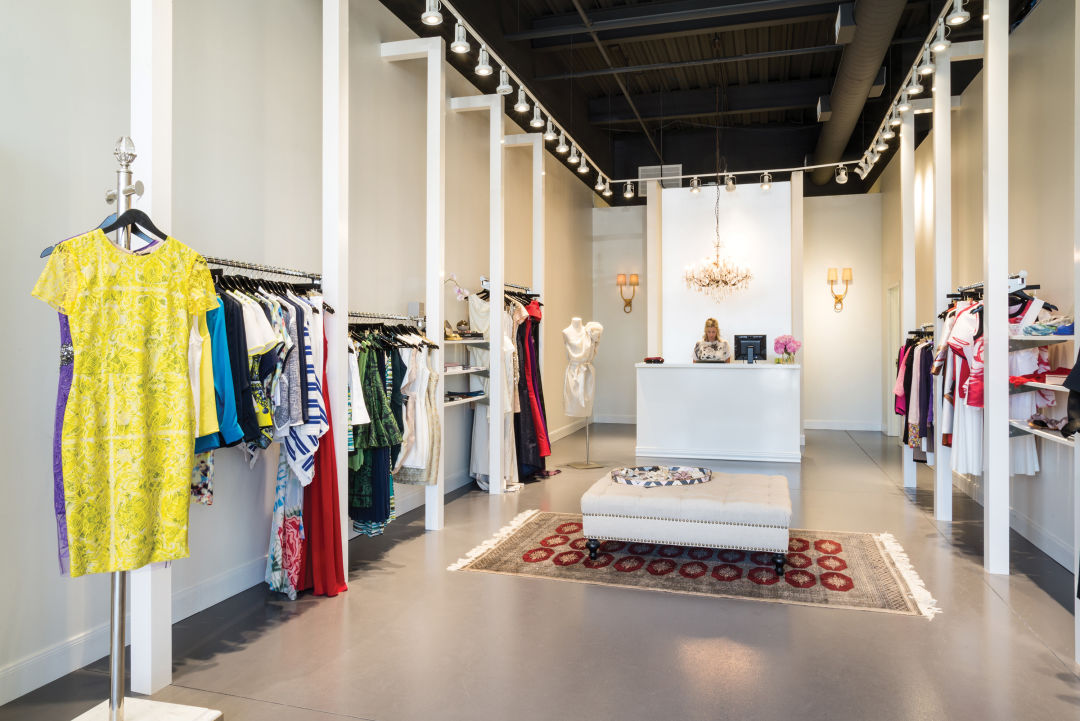How to Style Your Attires with Boutique Fashion Locates
Wiki Article
A Deep Study the Globe of High-Fashion Runways: Recognizing Clothes as Art
Designers, a lot like skillful artists, weave detailed stories through fabric, kind, and shade, challenging traditional norms and redefining appeal standards. As we check out these sartorial eyeglasses, we must ponder: what function does fashion play in forming social values, and exactly how does it show the ever-changing tapestry of human emotion and identity?The Development of Runway Reveals
The trajectory of runway programs has actually changed considerably over the decades, developing from exclusive industry occasions to captivating eyeglasses that mix fashion with art. Commonly, runway programs made love affairs, held in ateliers or little places, mainly gone to by buyers and sector insiders. These very early discussions concentrated on the garments' workmanship and industrial stability, supplying a practical and direct screen of seasonal collections.As the garment industry increased, the nature of runway programs started to change. The 1970s and 1980s marked a transforming factor, with developers seeking to differentiate themselves through even more theatrical presentations. This period saw the increase of elaborate sets, choreographed designs, and thematic stories, heralding a brand-new age where the path became an experiential system. The programs changed right into a kind of storytelling, where each collection shared an unique story or principle.
In recent times, innovation and social media have even more changed path programs, making them accessible to an international target market. Livestreaming and electronic platforms have equalized style, permitting enthusiasts worldwide to witness these occasions in real-time (boutique fashion). This development shows a broader social change, where high-fashion paths function as a vibrant intersection of efficiency, design, and innovation
Designers as Enthusiast Artists
Developers in the high-fashion industry have actually blurred the lines between useful garment creation and the conceptual realm of art. By welcoming creative self-controls such as sculpture, paint, and progressive installations, developers craft garments that test typical style standards and boost them to art types.Visionary developers draw inspiration from a myriad of resources, including abstract art, historic referrals, and individual stories. They possess an unique ability to visualize and appear ideas that press the borders of traditional style, usually redefining visual paradigms in the procedure. This innovative ingenuity is showcased through remarkable silhouettes, ingenious materials, and elaborate craftsmanship, which welcome viewers to experience fashion as even more than just wearable things.
In addition, the runway acts as a canvas for these musicians, where lighting, music, and set design coalesce to develop immersive experiences. These presentations are not simply display screens of clothes but are coordinated efficiencies that evoke feeling and provoke idea, attesting the designer's role as a true musician in the modern social landscape.
Cultural Influences in Style
Social tapestry weaves click here for info its intricate patterns right into the textile of fashion, influencing developers worldwide. The vibrant interchange of social tales, practices, and icons notifies and inspires collections see this page that poise high-fashion paths. Developers meticulously attract from their heritage or engage with societies unique from their own, crafting garments that act as visual narratives. This social discussion not only enriches the aesthetic variety yet likewise fosters a deeper understanding and gratitude of international identities.The impact of society on style is frequently seen in the reinterpretation of standard garments and patterns. The use of Japanese bathrobes, Indian saris, or African prints in modern style mirrors a blend of social credibility and modern visual appeals. Designers such as Valentino's Pierpaolo Piccioli and Alexander McQueen's Sarah Burton have actually been known to include rich cultural concepts right into their couture collections, converting background into wearable art.

Advancement in Fabric and Design
Development in fabric and layout continually improves the landscape of high-fashion, pressing boundaries and redefining opportunities. Recently, technological improvements have substantially contributed to this development, presenting materials that challenge standard understandings. Textiles embedded with smart fibers, capable of changing shade or controling temperature level, are no more restricted to the world of science fiction. Developers are increasingly checking out the assimilation of innovation, such as 3D printing, which permits the creation of complex frameworks that were internet previously unimaginable.The style market is experiencing a rise in the use of green products, derived from recycled plastics, natural fibers, and even naturally degradable components. Designers are accepting these materials to craft garments that are both visually striking and mindful of their eco-friendly impact.
In regards to design, avant-garde shapes and experimental forms are continually revolutionizing the runway. By including innovative strategies and unique products, designers cultivate garments that blur the line between style and art, setting brand-new standards for creativity and expression in the high-fashion round.
Impact of Fashion on Culture
Style possesses an extensive influence on culture, serving as both a representation of social identification and a stimulant for social adjustment (boutique fashion). Via its evolution, fashion has mirrored societal changes, encapsulating the zeitgeist of various ages.Additionally, fashion has the power to bridge social gaps, fostering understanding and admiration amongst varied teams. As globalisation increases, the cross-cultural exchange of style concepts becomes significantly considerable, promoting inclusivity and diversity. The rise of streetwear, originating from city subcultures, shows how style can transcend socio-economic limits, approving people a way of self-expression and empowerment.
Fundamentally, style is not simply concerning visual appeals; it is a vibrant pressure that affects worths, attitudes, and societal progression (boutique fashion). By continually engaging with cultural and social currents, style continues to be an essential part of the cumulative human experience

Final Thought
Designers, similar to visionary artists, manage collections that reflect identification, feeling, and cultural narratives, challenging typical looks. This intersection of fashion and virtuosity not just mesmerizes target markets around the world but likewise affects social understandings and promotes a deeper gratitude for cultural variety.
Social tapestry weaves its intricate patterns into the textile of fashion, affecting developers globally.Style possesses a profound influence on society, offering as both a reflection of cultural identification and a catalyst for social modification.
Report this wiki page